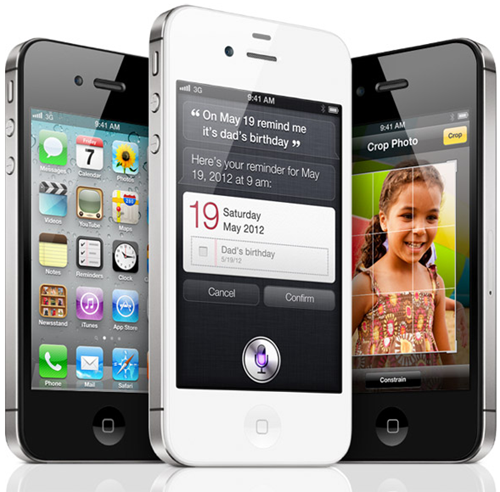If you take a journey back into the not-too-distant past, and ask people to give a breakdown of the makes and models of mobile devices they used before they made the leap across to a smartphone, I am pretty confident that a small number of handsets will appears in everyone’s list who is of a certain age. If I go back approximately a decade, Nokia was probably the dominant handset manufacturer with the latest release being the must-have phone amongst school kids and business men alike.
One thing that springs immediately to mind is the Nokia 3310 model, which also had a big, albeit very similar brother in the form of a Nokia 3330 version. At the time, the 3310 was extremely sought after handset with its rough and tough design, the ability to customize the fascia plate and add graphics onto the screen. If my memory serves me correctly, the 3310 was also one of the first phones for which people started offering alternative network slogans and the like which is something we see frequently now on jailbroken iPhones via the use of tweaks such as Fake Operator and Make it Mine which is now built into SBSettings.
If you consider that this handset model was probably one of the most popular at the turn of the century, then you should take into account the fact that it had no external storage capability and the internal storage was negligible, used only for contacts, messages and a few ringtones; then it seems that we have come an astonishingly long way from those days. The current market trend surrounds powerful smartphones which are powered by various operating systems and have advanced features. A recent report conducted around the sales of the iPhone 4S has found that 21% of people who purchased the device opted to go for the high-end version with 64GB of internal storage.
Consumer Intelligence Research Partners released their official report yesterday, which takes an in-depth look into consumers who have recently purchased an iPhone device following the launch of the 4S model in October 2011. In the immediate weeks and months after recent releases, some customers had to purchase what was available to them, with the lower-end cheaper models selling out rapidly, leaving only the top of the range devices left. When talking about the iPhone 4S, I don’t remember any ridiculous shortages, so it seems as if consumers are realizing that with the amount of applications, music and media they are likely to download and store, more internal storage is required.
Another interesting piece of information to come out of the survey, is that an estimated 36% of those purchasing the iPhone 4S had migrated from another platform, such as Android, Windows Phone or Blackberry. A previous investigation by Consumer Intelligence Research Partners had found that only 18% of iPhone customers came from a different platform, but that number rose dramatically toward the end of 2011, possibly demonstrating the strength the iPhone 4S holds in the market.
Those figures alone are very encouraging for Apple, but are further strengthened by an additional report showing that 49% of new iPhone owners sold a redundant or older generation handset through a secondary source, meaning brand loyalty is holding.
(via AppleInsider)
You can follow us on Twitter, add us to your circle on Google+ or like our Facebook page to keep yourself updated on all the latest from Microsoft, Google, Apple and the web.

